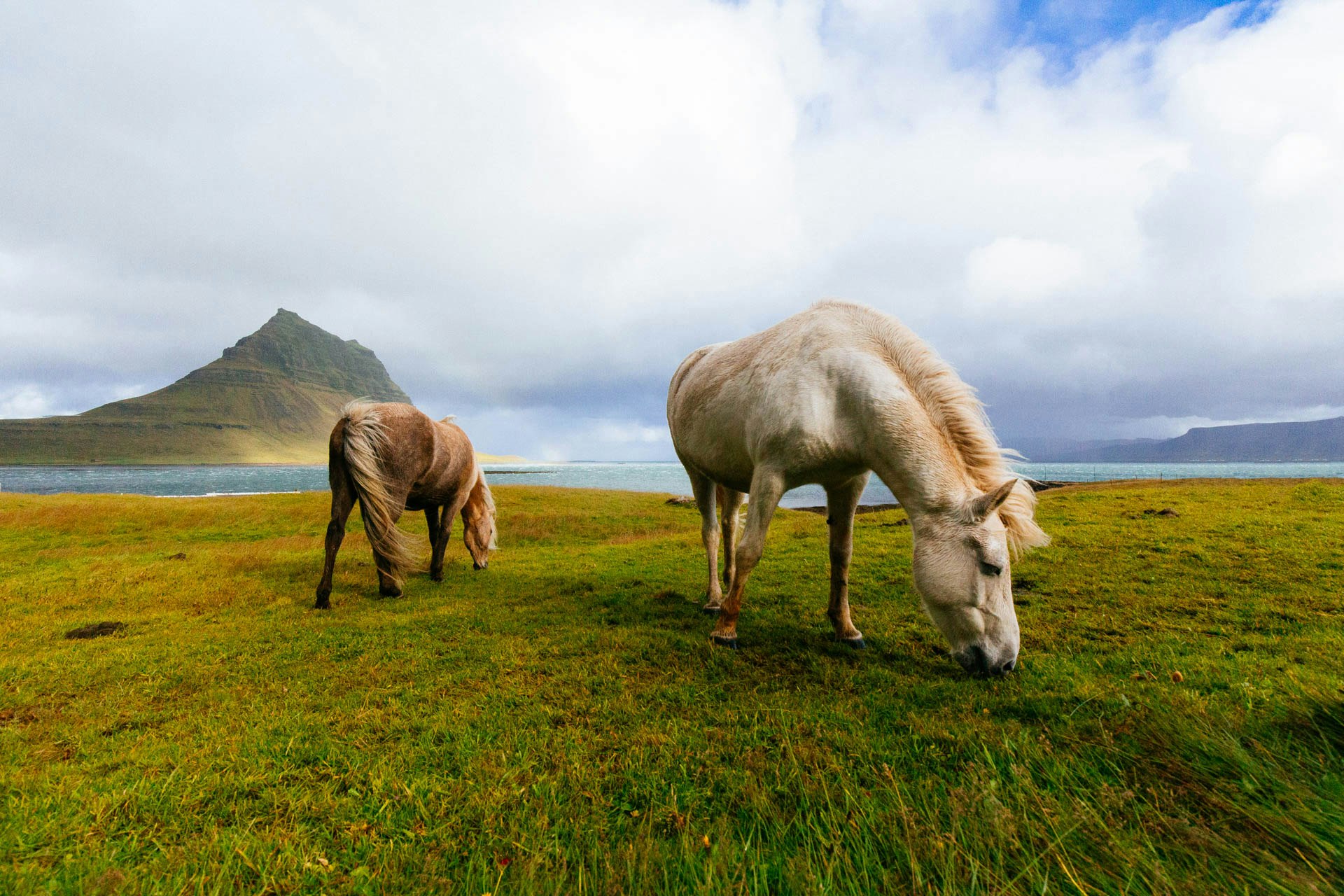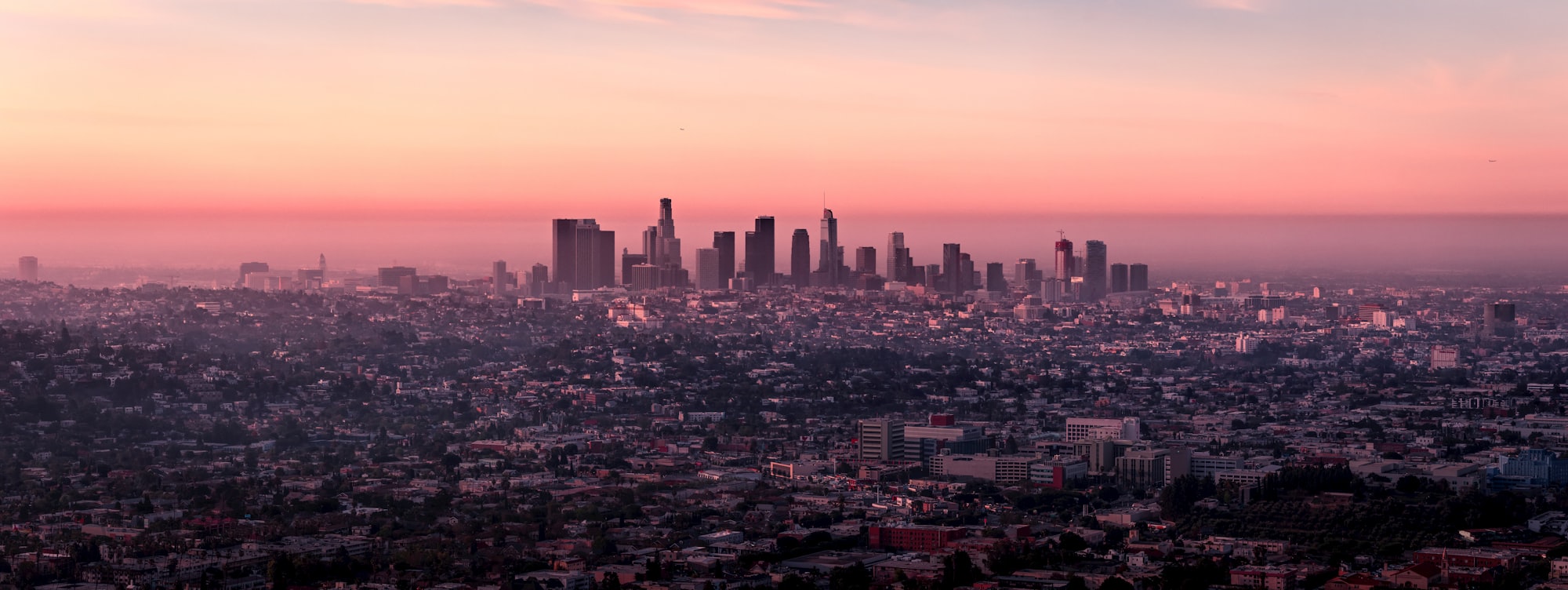Organisms in their environment

Energy Flow
All forms of Biological Systems depend on the Sun as the principle source of energy.
Energy Transfer into the Environment
- Light energy from the Sun is converted through photosynthesis and stored in plants.
- Animals prey on the plants, using the energy stored in the plants to be converted to chemical energy and used for life processes such as respiration, reproduction, excretion, etc.
- This relationship indirectly means that all Animals depend on the Sun for their survival.
- Eventually, all living organisms die, and the energy stored in them returns to the environment through decomposition.
Food Chains and Food Webs

- A diagram demonstrating the energy flow from one organism to the next, beginning with a Producer is defined as a Food Chain.
- A network of interconnected food chains is known as a Food Web.
- In both- a food chain and a food web, the energy comes from the Sun, and energy transferred decreases as trophic levels increase.
Producers and Consumers, and More

- An organism that makes its own organic nutrients usually using energy from photosynthesis is defined as a Producer
- An organism that obtains its energy by eating producers or other organisms is called as a Consumer
- A Herbivore is an organism that gets its energy by feeding on plants
- A Carnivore is an organism that gets its energy by feeding on other animals
- A Decomposer is an organism that gets its energy from dead or waste organic material.
Classification of Consumers
Depending on where the animal is positioned in the food chain, we can classify consumers into Primary, Secondary, Tertiary, and Quaternary Consumers.
In the example shown in the 'Food Chains and Food Webs' section, we can identify the consumers as follows:
- Producer: Grass
- Primary Consumer: Grasshopper
- Secondary Consumer: Beetle
- Tertiary Consumer: Frog
- Quaternary Consumer: Snake
- Quinary Consumer: Hawk
Trophic Level
A trophic level is the position of an organism in:
- A Food Chain
- A Food Web
- A Pyramid of Biomass
- A Pyramid of Numbers
Note: All Food Chains normally end at the fifth trophic level as the energy transferred through each trophic level decreases to the point where it becomes unsustainable for the organism to utilise for its life processes and ultimately for its survival.
Energy Efficiency
It is extremely important to consider the efficiency of energy while eating food; The nearer we are to the trophic level, the greater amount of energy is obtained by our bodies.
This is why, vegetarianism is crucial for the human civilisation and for the preservation of the planet in the long term, as being vegetarian is theoretically more energy efficient.
Over Harvesting
In a Food Chain, if a particular organism's rate of consumption of the species below its trophic level exceeds the species birth rate, it can cause an imbalance in the entire Food Chain. This can threaten the eventual collapse of the Food Chain, which in turn will affect its Food Web, Ecosystem, and so on.
An Example:
Grass -> Cow -> Human
If Cows overgraze the Grass, the grass will eventually run out in its particular ecosystem. This might increase the Cow population temporarily, which might increase Human consumption, until there are no cows left, in which case Humans cannot eat Cow based meat products anymore. This leads to the collapse of the Food Chain where there is not sizeable biomass of grass or cows present.
Introduction of Foreign Species into a Habitat
When a species that is not native to a natural Habitat is introduced, it can create irreversible changes in Food Chains and Webs.
For instance, Fire Ants onboard ships of European missionaries got introduced to North America, where they did not have a natural predator, and hence reproduced exponentially, creating competition for food against other primary consumers, and negatively altering the native Food Systems.
Pyramids of Numbers and Biomass

Pyramid of Numbers is where each trophic level represents the number of organisms feeding at it.
Pyramid of Biomass represents the dry mass of organisms at each trophic level.
Advantages of Using Pyramid of Biomass over Pyramid of Numbers
If you observe carefully in the comparison between the two models, the pyramid of biomass almost always has the correct representative structure of an actual pyramid.
This helps visualise the information on a Food Chain more accurately, and helps to generate better analysis reports on the energy efficiencies of the Food Chain.
Nutrient Cycles
In this section, we shall discuss three main nutrient cycles: The Carbon Cycle, The Water Cycle, and The Nitrogen Cycle.
The Carbon Cycle

- Photosynthesis: Carbon dioxide taken in by plants gets converted to complex molecules such as Carbohydrates, Fats, and Protein.
- Respiration: During the night, Plants respire to break down the carbon stored in complex molecules and release it into the atmosphere.
- Feeding: Primary consumers feed on plants, and by doing so also consume the carbon in the form of complex molecules from the plants. These complex molecules later get broken down during respiration and is partly returned to the atmosphere. The rest being used for the organism's growth, becomes a part of the organism.
- Decomposition: The carbon eventually makes its way to the top consumer in Food Webs until the organism dies. When decomposers such as microorganisms feed on all dead organisms from across the Food Web, the Carbon becomes a part of their body.
- Fossilisation: All dead organisms eventually get fossilised over the period of millions of years. The carbon gets stored in the fossilised organism.
- Combustion: The carbon in the fossils eventually gets converted to Oil, Coal, and Natural Gas. It is then used as a fuel where it undergoes combustion, and gets released back into the atmosphere.
Extra Information on the current state of the carbon cycle: https://scied.ucar.edu/longcontent/changing-carbon-cycle
Effects of combustion of Fossil Fuels

The Combustion of Fossil Fuels has lead to the increase in Carbon in the atmosphere year on year. This has several effects on the planet:
- Carbon dioxide (and other greenhouse gasses) causes the enhanced greenhouse effect.
- Global Warming, and Climate Change.
- Increased Photosynthesis in some parts of the world due to an excess of CO2 and warmer climates
Effects of Deforestation on the Carbon Cycle
Global decrease in the amount of trees translates to lesser trees to photosynthesise, and thus lesser rate at which Carbon Dioxide in the atmosphere gets absorbed. Often large portions of land is burnt in order to quickly clear off land. The CO2 emitted through these fires also contributes heavily to the CO2 in the atmosphere.
The Water Cycle

The water cycle can be discussed through four main processes:
- Evaporation: The process by which the sun's heat over waterbodies causes water vapour to form.
- Transpiration: The process by which plants release water vapour to the air through a transpiration stream (See Transport in Plants).
- Condensation: The process by which water vapour cools down to form clouds at higher colder altitudes.
- Precipitation: The process by which water gets returned to the Earth through the formation of water droplets. These ultimately end up in waterbodies through surface run-off, and help sustain the water cycle.
The Nitrogen Cycle

Nitrogen is an inert (unreactive) gas. It exists in diatomic state (N=N)
To transform it into a reactive form, Nitrogen has to undergo one of the following processes:
Lightening
Lightening changes the nitrogen into nitrogen oxides by reacting it with oxygen in the air.
Artificial Fertiliser
When the nitrogen oxides dissolve in rain and precipitate, they form nitrates.
Artificial fertilisers can be made with the reaction of nitrogen and hydrogen to form ammonia in the Haber process. Ammonia can be turned into ammonium compounds and used as a fertiliser.
Nitrogen Fixing
Nitrogen fixing bacteria are present in the root nodules of leguminous plants such as peas. They combine other substances along with nitrogen to produce ammonium compounds.
Once nitrogen is transformed into a more reactive form,
- Plants make proteins.
- Animals feed on plants to obtain the proteins made by plants.
- Animals excrete and pass faeces that are rich in ammonium compounds.
When the plants and animals die,
- Decomposers work on the dead matter and release the nitrogen in the form of ammonium compounds into the soil.
- Next, nitrifying bacteria convert the ammonium to nitrates
- The nitrates are again used by the plants and the cycle continues.
Lastly, another group of bacteria called as the denitrifying bacteria covert the nitrates and ammonium compounds to nitrogen gas.
This again completes the nitrogen cycle.
To improve your understanding about the nitrogen cycle, we have specially created this table showing the various bacterial groups and their roles in the nitrogen cycle:
| Bacteria group | Role in the Nitrogen Cycle |
| Nitrogen Fixing Bacteria | - Present in the root nodules of leguminous plants - Combine nitrogen in air spaces of the soil with other substances to produce ammonium ions. |
| Nitrifying Bacteria | - Covert ammonium ions into nitrate ions and release them into the soil. |
| Denitrifying Bacteria | - Covert the nitrates and ammonium compounds to nitrogen gas at the end of the nitrogen cycle |
Population Size

A Population is a group of individual organisms existing at the same time and place.
A Community is defined as all of the populations of different species in an ecosystem
An Ecosystem is a unit containing the community of organisms and their environment, interacting together
Biological Factors Affecting rate of Population Growth
- Food Supply: The lesser the food production rate, the lesser the rate of population growth.
- Predation: The number of organisms of a species being eaten by predators decreases the number of organisms of the same species, and eliminates their chances of reproducing.
- Disease: Spread of incurable diseases from organism to organism can cause a huge dent to the population growth rate.
The Human Population
A 7.8 billion human population (7,800,000,000!) on earth; sounds great right? But in reality, it is the silent killer of our very own existence.
Factors affecting the growth of the human population
Reduction in Diseases by:
- Improvements in water supply
- Improvements in sewage treatment
- Improvements in hygienic food handling
- General standards of cleanliness have improved
- Antibiotics have been discovered
Increase in food supply by:
- Increase in land being cultivated
- Agriculture has become more efficient
- Introduction of contraceptive pills in developed countries
Other Factors:
- Increase in Fertility rates
- Decrease in Infant mortality rates
- Increase in Life Expectancy
- Development in physical safety across infrastructure
Every time a population reaches a certain limit, it begins to decline. This is always caused by some environmental condition that becomes unbearable and disastrous for them.
Let’s see the stages of a population using a sigmoid growth curve in yeast.
| Phase | Notes |
| Lag 🔼 | Population growth rate is very slow as: - There are fewer cells - Yeast takes time to adjust to the new environmental conditions |
| Log (exponential) ⏫ |
Population rises rapidly as: - There is plenty of food - The temperature is suitable - The environment has no oxygen - There are many cells - All cells have adjusted to the environmental conditions - Birth rate is greater than death rate |
| Stationary ➡️ | At this point, the birth rate is equivalent to the death rate as: - All the food has exhausted OR - Too much of alcohol has been made and is poisoning yeast cells |
| Death 🔽 |
Birth rate is surpassed by the death rate and the yeast population. Population begins to fall. |
This is the end of this guide. Hope you enjoyed it! Thanks for using www.igcsepro.org! We hope you will give us a chance to serve you again! Thank you!
Next Chapter



